The coronation of Britain’s King Charles
The coronation of King Charles and his wife Camilla as queen takes place on May 6, 2023. It is the centrepiece of a weekend of events for 74-year-old Charles, who ascended to the throne on September 8, 2022, following the death of his mother, Queen Elizabeth. Westminster Abbey in central London, the setting for the coronation, has been paramount for Britain’s royal family for nearly a 1,000 years.
Path of the procession
The day begins with the “King’s Procession” - 2km (1.3-mile) trip from Buckingham Palace to Westminster Abbey in the Diamond Jubilee State Coach. The route includes Parliament Square, Whitehall, Trafalgar Square, Horse Guards Parade and the Mall. After they have been crowned, the king and queen return to the palace in the Gold State Coach in a larger ceremonial “Coronation Procession”. At the palace, Charles and Camilla will be joined by family members on the balcony to conclude the day’s events.
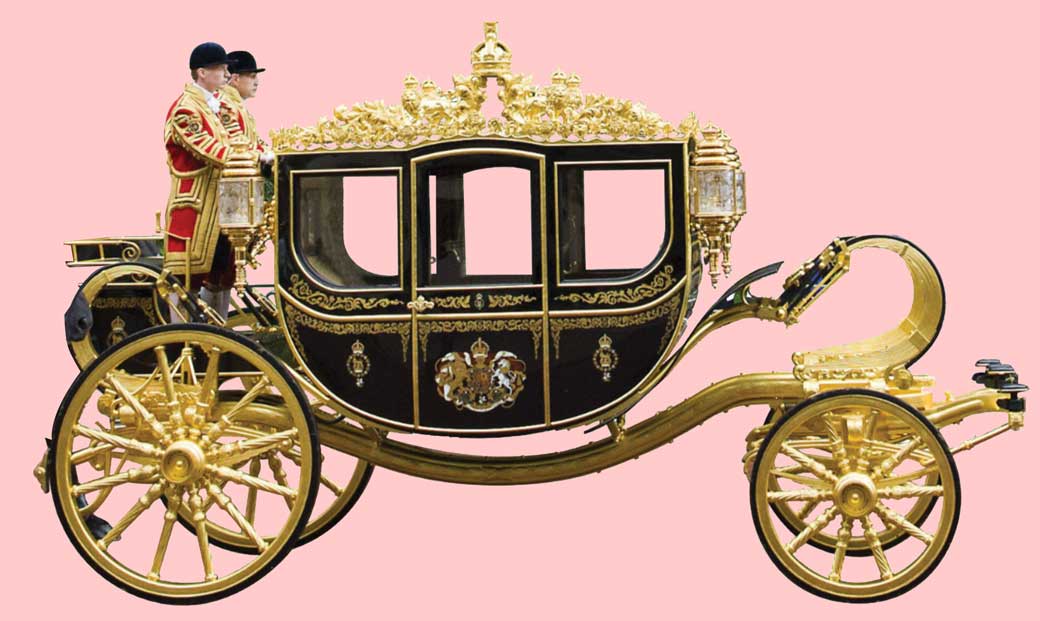
Built in Australia and first used by Queen Elizabeth in 2014, the Diamond Jubilee State Coach (pictured) is the newest coach in the Royal Stables. It has air conditioning and electric windows, and is prevented from swaying by six hydraulic stabilisers.
The coronation in Westminster Abbey
For the best part of a thousand years, the kings and queens of England and Britain have been crowned at London’s Westminster Abbey in a ceremony that has changed little throughout the centuries. There have been 38 monarchs crowned at the Abbey - Edward V, one of two young princes believed to have been murdered in the Tower of London in the 15th Century, and Edward VIII, who abdicated to marry American divorcee Wallis Simpson, were not crowned. British coronations comprise five main parts: the recognition, the oath, the anointing, the investiture, and the homage. The service at Westminster Abbey begins at 11am local time. It will be significantly smaller than the last one, with about 2,200 guests. Queen Elizabeth’s ceremony in 1953 had 8,250 attendees.
Recognition
The Archbishop of Canterbury, Justin Welby, presents the new king
to the people and invites them to say: “God Save King Charles”.
Oath
King Charles takes an oath to uphold the law and the Church of
England.
Anointing
Wearing a plain white linen robe, the monarch sits in the
coronation chair as he is anointed with holy oil. The ceremony
will also feature a silver cross containing shards said by the
Vatican to be from the cross used to crucify Jesus Christ. Pope
Francis gave the two tiny fragments of the "True Cross" as a gift.
Investiture and homage
King Charles is “invested” with his regalia - which includes
spurs, a robe, an orb, a ring, and the sceptre, which is made up
of a golden rod with a giant diamond. He is then crowned by the
archbishop. Wearing his regalia, he rises from the coronation
chair to sit on his throne. Traditionally, it is at this point
that members of the aristocracy pay homage to the new king by
swearing their allegiance to him.
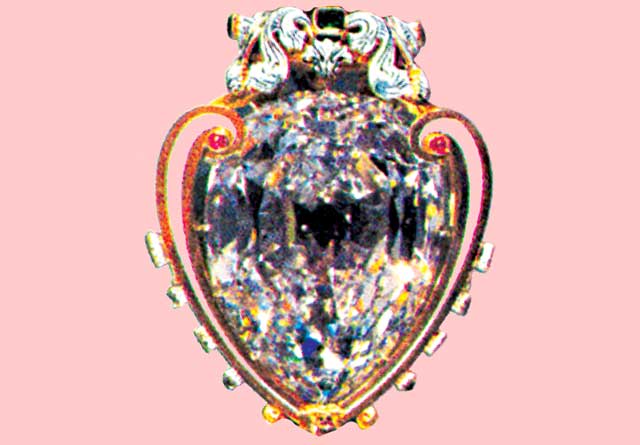
The largest colourless cut diamond in the world, the Cullinan I is fitted at the top of the sceptre. It weighs 106g and is known as the "First Star of Africa". It is one of nine large stones and several smaller ones cut from the original Cullinan diamond, roughly the size of a human heart. Mined in South Africa in 1905, it was gifted to King Edward VII by South Africa’s colonial authorities after the Anglo-Boer War. It is controversial because it is closely tied to British colonialism and the diamond’s supposed UK ownership is disputed by many South Africans who say it was stolen.
Coronation Chair
St Edward’s Chair, the oldest dated piece of English furniture
made by Walter of Durham, has been used for the coronation of
every monarch since the 14th century.
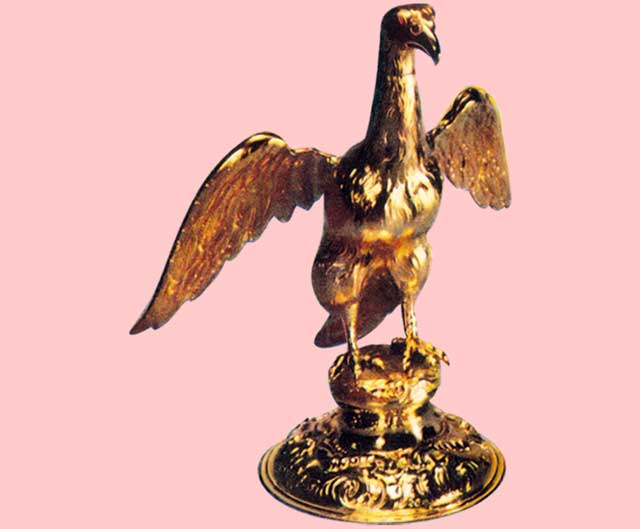
Ampulla
Gold flask holds holy oil consecrated in Jerusalem. Secret recipe
known to include orange flowers, roses, jasmine and cinnamon.
The crowns
The St Edward’s Crown - the centrepiece of the Crown Jewels - will be placed on King Charles III’s head during the ceremony. Used only for coronations, it was last worn in 1953 by Queen Elizabeth. The crown was made for the coronation of the king’s namesake, Charles II, in 1661. It replaced the medieval crown that was melted down in 1649 by the Parliamentarians who fought against and executed Charles I.
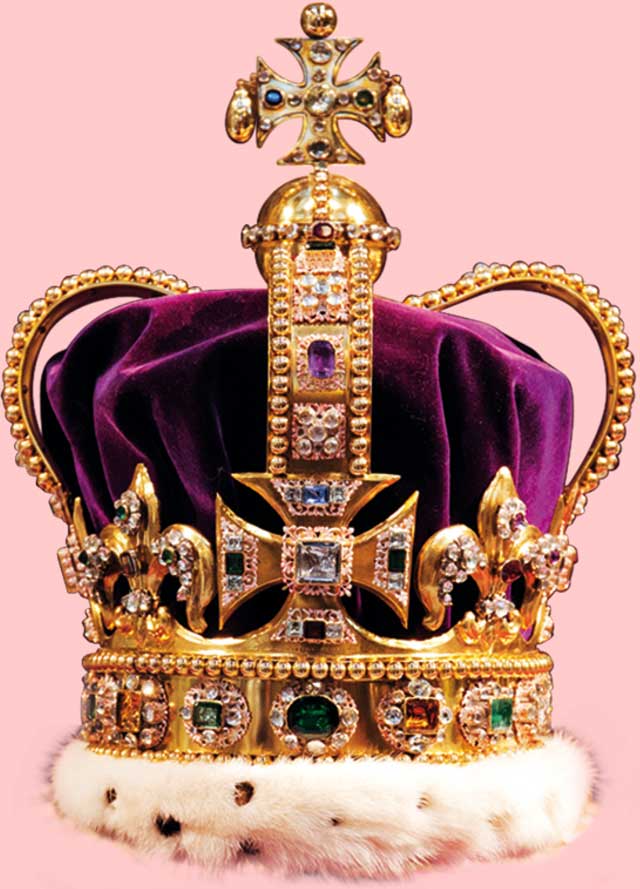
Weighing 2.2kg, the solid gold crown is set with semi-precious stones, including rubies, amethysts and sapphires.
The king will also wear the Imperial State Crown, which was last seen at the state funeral of Queen Elizabeth in September last year. Created in 1937 for the coronation of King George VI, Elizabeth’s father, it is also used at the State Opening of Parliament. Weighing 1.06 kg and measuring 31.5cm in height, it is set with 2,868 diamonds, 17 sapphires, 11 emeralds, 269 pearls and four rubies.
The Cullinan II diamond, the second-largest stone cut from the Cullinan diamond.
Crowning of Queen Camilla
Queen Consort Camilla will wear the Queen Mary crown, commissioned
and worn by the consort of King George V for the 1911 coronation.
Some changes will be made to it, the palace said, to inset jewels
unique to the occasion and to reflect her own style. Several
diamonds, the Cullinan III, IV and V, from Queen Elizabeth’s
personal collection, which she often wore as brooches, have been
included.
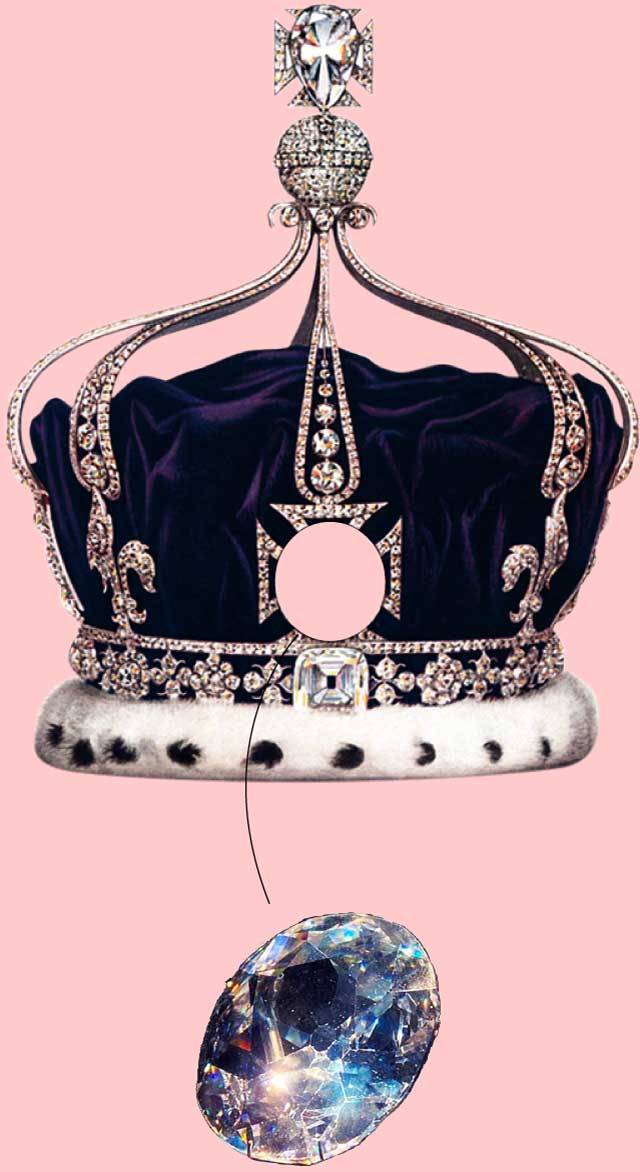
The controversial Koh-i-noor diamond, which was seized by the British East India Company in 1849, is no longer on the crown. Koh-i-noor means “mountain of light” in Persian. The 105.6-carat diamond was presented to Queen Victoria in 1850 after the Anglo-Sikh wars in which Britain gained control of the Sikh empire of the Punjab. Indians have long demanded the diamond be returned, saying it was stolen. Pakistan, part of British-ruled India, and Afghanistan and Iran have also claimed ownership of it.
The Gold State Coach
Gold State Coach, which was built in 1762 to transport kings and queens, has been used at every coronation since 1831. At her coronation, Queen Elizabeth travelled back and forth in this coach and described the experience as "horrible" because of the lack of comfort. It weighs four tonnes, is 3.6 metres high and seven metres long. It takes eight horses to draw it. Because of its weight and age, it only ever travels at walking pace.
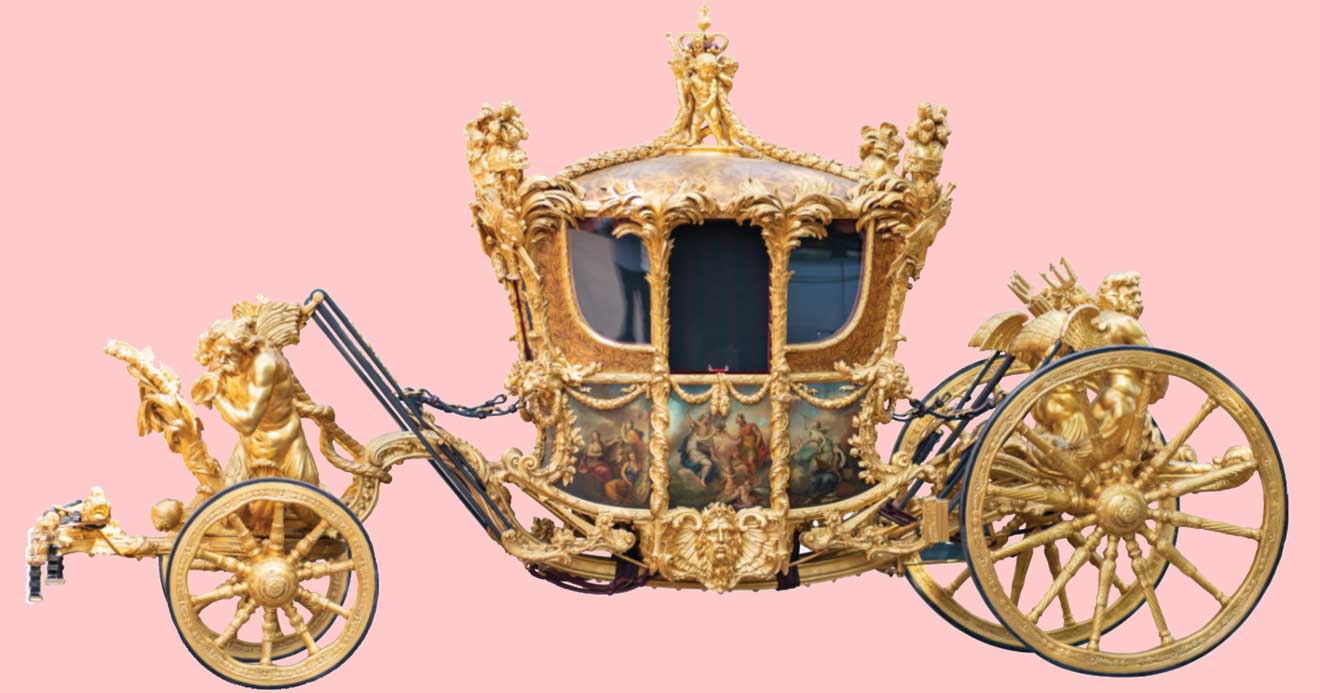
Royal line of succession
← Scroll or drag horizontally →

King Charles’ realms
When he assumed the crown on his mother’s death, King Charles became head of state not only of Britain but 14 other realms, including Canada, Australia and Jamaica. Until recently it was 15 – Barbados cut ties with the monarchy in 2021, and several other Caribbean countries, including Jamaica, say they plan to follow suit. They are distinct from the Commonwealth of Nations, a group of 56 member states comprising mostly former territories of the British Empire. With its genesis in 1931, the Commonwealth remains a symbol of Britain’s colonial history. King Charles has acknowledged growing republican sentiment in some Commonwealth nations and said it was for them to decide their constitutional arrangements.
Associate Creative Director Marcelo Duhalde
Edited by Andrew London
Cover illustration by Kaliz Lee
Additional web development by Dennis Wong
Sources: Graphic News, Reuters, Bloomberg, Agence France-Presse, Smithsonian Magazine, Historic Royal Palaces, Google earth